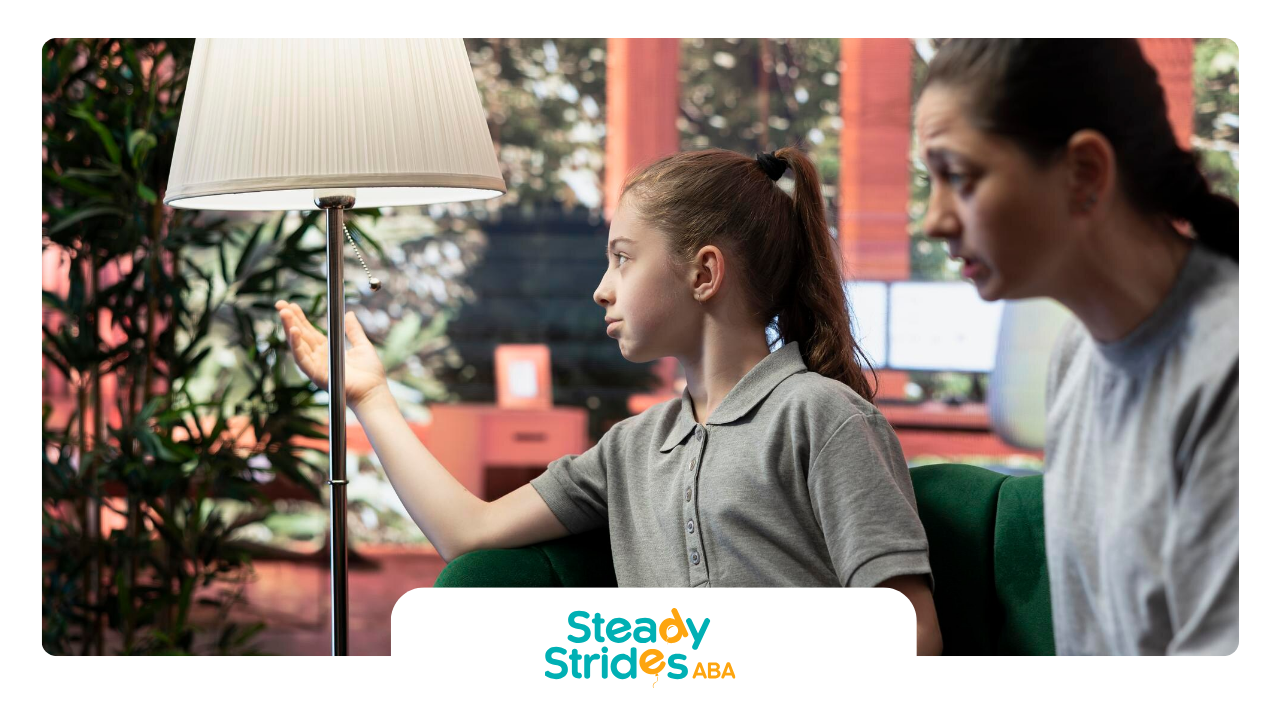Raising a child with autism presents a unique set of challenges and rewards, requiring a deep understanding and a tailored approach to parenting and education. Autism Spectrum Disorder (ASD) encompasses a broad range of conditions characterized by challenges with social skills, repetitive behaviors, speech, and nonverbal communication. With the right strategies, children with autism can thrive.
However, certain approaches can inadvertently hinder their development. This article explores key mistakes to avoid with autistic children, offering a roadmap to nurturing a supportive, understanding environment.
What Not to Do with an Autistic Child:
1. Overlooking the Child’s Sensory Sensitivities
Many autistic individuals have heightened or reduced sensitivities to sensory inputs. Ignoring these sensitivities can lead to discomfort or distress.
What not to do: Forcing a child to adapt to environments or situations that trigger sensory overload.
What to do instead: Tailor the child’s surroundings to minimize distressing stimuli and introduce new sensations gradually and in a controlled manner.
2. Underestimating the Child’s Abilities
Underestimating an autistic child’s potential is a common mistake.
What not to do: Assuming limitations without giving the child an opportunity to try.
What to do instead: Provide various opportunities to explore their interests and capabilities, fostering a sense of achievement and confidence.
3. Neglecting Consistent Communication
Communication is a cornerstone of development for children on the autism spectrum.
What not to do: Overlooking the importance of consistent, clear communication and assuming understanding.
What to do instead: Use simple, direct language and visual aids to reinforce communication. Be patient and give them time to process and respond.
4. Overlooking the Importance of Routine
Many children with autism thrive on routine, finding comfort and security in predictability.
What not to do: Disrupting the routine without warning.
What to do instead: Maintain a consistent schedule and prepare the child for any changes in advance, using clear explanations and visual schedules.
5. Focusing Solely on the Child’s Autism
While autism is a significant part of their life, it does not define them.
What not to do: Focusing exclusively on autism-related challenges and interventions.
What to do instead: Celebrate the child’s unique talents, interests, and personality, encouraging a holistic approach to their development.
6. Ignoring the Need for Independence
Fostering independence is crucial for any child’s growth, including those with autism.
What not to do: Overprotecting or doing everything for them out of fear they can’t manage.
What to do instead: Encourage self-care skills and decision-making in safe, supportive environments, providing just enough assistance to promote independence while ensuring safety.
7. Skipping Social Skill Development
Social interactions can be challenging for autistic children but are essential for personal growth.
What not to do: Avoiding social situations due to fear of discomfort or failure.
What to do instead: Provide structured social interaction opportunities, teaching and reinforcing social cues and responses gradually supportively.
8. Failing to Collaborate with Professionals
A multidisciplinary approach is often most effective in supporting autistic children.
What not to do: Attempting to navigate the journey without seeking professional advice or support.
What to do instead: Collaborate with educators, therapists, and medical professionals specialized in autism to create a comprehensive support plan.
9. Disregarding the Child’s Perspective
Understanding the world from an autistic child’s viewpoint is vital for effective support.
What not to do: Ignoring or invalidating their feelings and experiences.
What to do instead: Practice empathy, listen to their concerns, and validate their feelings, striving to see the world through their eyes.
10. Neglecting Self-Care and Support for Parents
Raising a child with autism is a marathon, not a sprint.
What not to do: Sacrificing your own well-being for the sake of constant care and intervention.
What to do instead: Prioritize self-care and seek support networks for parents of autistic children, recognizing that a supported parent is a better parent.
11. Comparing the Child to Others
Comparing an autistic child's development or behavior to that of neurotypical peers or even other autistic individuals can be detrimental.
What not to do: Highlight differences in a negative light or set unrealistic expectations based on others’ progress.
What to do instead: Recognize and celebrate the child’s individual milestones and achievements, understanding that progress in autism is deeply personal and varies greatly from one individual to another.
12. Neglecting the Importance of Play
Play is not just a leisure activity; it's a crucial part of learning and development, especially for autistic children.
What not to do: Overlooking the value of unstructured playtime in favor of more structured educational activities.
What to do instead: Encourage play that fosters imagination, social interaction, and problem-solving skills, selecting toys and activities that align with the child’s interests and developmental level.
13. Dismissing the Child's Nonverbal Communication
Many autistic individuals may rely more heavily on nonverbal communication, such as gestures, facial expressions, or body language.
What not to do: Ignoring these nonverbal cues and insisting on verbal communication alone.
What to do instead: Pay attention to and validate their nonverbal communication, encouraging their use of all forms of expression and acknowledging their efforts to communicate in their own way.
14. Overloading the Child with Therapy and Interventions
While therapy and targeted interventions are crucial, an overloaded schedule can lead to stress and burnout for both the child and the family.
What not to do: Fill every moment of the child’s day with structured therapeutic activities without downtime.
What to do instead: Balance therapeutic activities with free time, allowing the child to explore, relax, and engage in activities purely for enjoyment, fostering a well-rounded development.
15. Forgetting to Model Positive Behavior
Children learn greatly from observing and mimicking the behavior of adults around them. This is true for autistic children as well.
What not to do: Display negative behaviors, such as impatience or frustration, and expect the child not to adopt them.
What to do instead: Model positive behavior, including patience, understanding, and respectful communication. Showing how to navigate challenges calmly and positively can provide autistic children with valuable life skills.
Key Takeaway
By expanding our understanding and avoiding these 15 pitfalls, we can offer autistic children a more supportive, enriching environment that acknowledges their unique needs and promotes their development. Remember, every child is a world unto themselves, with distinct challenges, strengths, and needs. Tailoring our approach to fit each child ensures that we're not just avoiding what not to do but actively doing what's best for their growth and happiness.
At
Steady Strides ABA, our mission goes beyond avoiding mistakes; we strive to provide a positive, enriching environment tailored to the unique needs of each child. Our dedicated professionals are committed to fostering development, independence, and joy in learning for children with autism, supporting families every step of the way on this rewarding journey.












